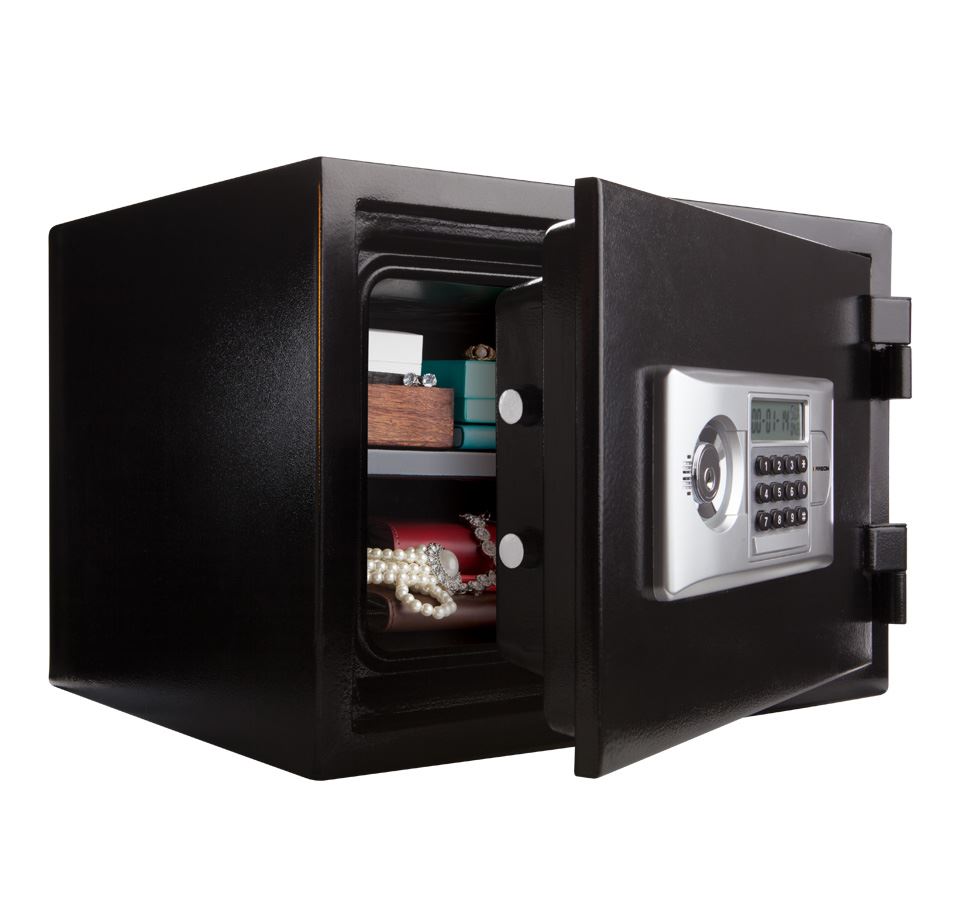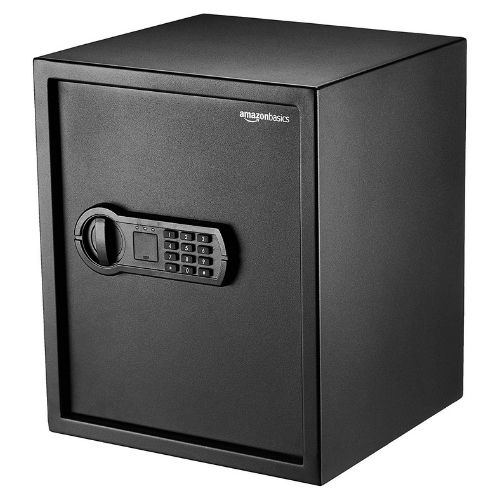Some Known Incorrect Statements About Safes Perth
Table of ContentsDrug Safes - QuestionsSome Known Questions About Chubb Security Safes.The Ultimate Guide To Chubb Security Safes

The is a structure for assisting make choices about making efficient use of data which is private or sensitive. It is primarily used to explain or create research access to analytical data held by federal government agencies, and by data archives such as the UK Data Service. Two of the Five Safes describe statistical disclosure control, therefore the Five Safes is usually used to contrast analytical and non-statistical controls when comparing data management options.
The mix of the controls leads to 'safe usage'. These are most typically revealed as questions, for instance: Safe jobs Is this use of the data suitable? Safe people Can the users be depended use it in an appropriate way? Safe settings Does the gain access to facility limitation unauthorised use? Safe information Is there a disclosure threat in the data itself? Safe outputs Are the statistical outcomes non-disclosive? These measurements are scales, not limitations.
For instance, a public use file offered for open download can not control who uses it, where or for what purpose, and so all the control (defense) should remain in the data itself. In contrast, a file which is just accessed through a secure environment with certified users can consist of really sensitive information: the non-statistical controls permit the information to be 'hazardous'.
There is no 'order' to the Five Safes, because one is necessarily more crucial than the others. However, Ritchie argued that the 'managerial' controls (tasks, individuals, setting) ought to be attended to before the 'statistical' controls (data, output). cash tins perth. The Five Safes concept is connected with other topics which developed from the exact same programme at ONS, although these are not necessarily executed.

A Biased View of Safes Perth
This discussion is consistent with the concept of 'information as a recurring', in addition to data protection laws of the time which typically characterised data merely as confidential or not confidential. A comparable concept had actually already been developed separately in 2001 by Chuck Humphrey of the Canadian RDC network, the 'continuum of gain access to'.
The 5 Safes was designed in the winter season of 2002/2003 by Felix Ritchie at the UK Workplace for National Statistics (ONS) to describe its safe remote-access Virtual Microdata Laboratory (VML). It was explained at this time as the 'VML Security Design'. This was adopted by the NORC data enclave, and more extensively in the United States, as the 'portfolio design' (although this is now likewise utilized to refer to a slightly various legal/statistical/educational breakdown). perth gun safes.
The original structure only had four safes (projects, individuals, settings and outputs): the structure was utilized to describe extremely detailed data access through a safe environment, and so the 'information' measurement was unimportant. From 2007 onwards, 'safe information' was consisted of as the framework was utilized to a describe a wider variety of ONS activities.
Some discussions, such as the OECD, utilize the term 'protected' rather 'safe'. However, using both these terms can cause presentational issues: less control in a particular measurement could be seen to suggest 'risky users' or 'insecure settings', for example, which distracts from the primary message. Thus, the Australian Clicking Here government uses the term "five data sharing concepts".
There is no reference to the Five Safes or any involved literature. The Australian variation was required to consist of referrals to the original site 5 Safes, and presented it as an option without remark. The framework has had three usages: pedagogical, detailed, and style. The latter is a fairly current development. The very first substantial use of the framework, other than internal administrative usage, was safest drug to lower blood pressure to structure scientist training courses at the UK Workplace for National Data from 2003.

Some Known Factual Statements About Commercial Safes
Eurostat in 2011). An early usage was to assist identify locations where ONS' still had 'irreducible threats' in its provision of safe remote gain access to. The structure is primarily utilized for personal social science data. To date it appears to have actually made little impact on medical research study preparation, although it is now included in the modified standards on carrying out HIPAA policies in the United States, and by Cancer Research Study UK and the Health Structure in the UK.
In general the 5 Safes has been utilized to describe solutions post-factum, and to explain/justify options made, however an increasing variety of organisations have actually utilized the framework to develop information access solutions. For instance, the Hellenic Statistical Firm developed a data strategy developed around the 5 Safes in 2016; the UK Health Foundation used the Five Safes to design its data management and training programs.
The significant design use is in Australia: both the Australian Bureau of Statistics and the Australian Department of Social Service used the Five Safes as an ex ante design tool. In 2017 the Australian Productivity Commission suggested embracing a variation of the framework to support cross-government information sharing and re-use.